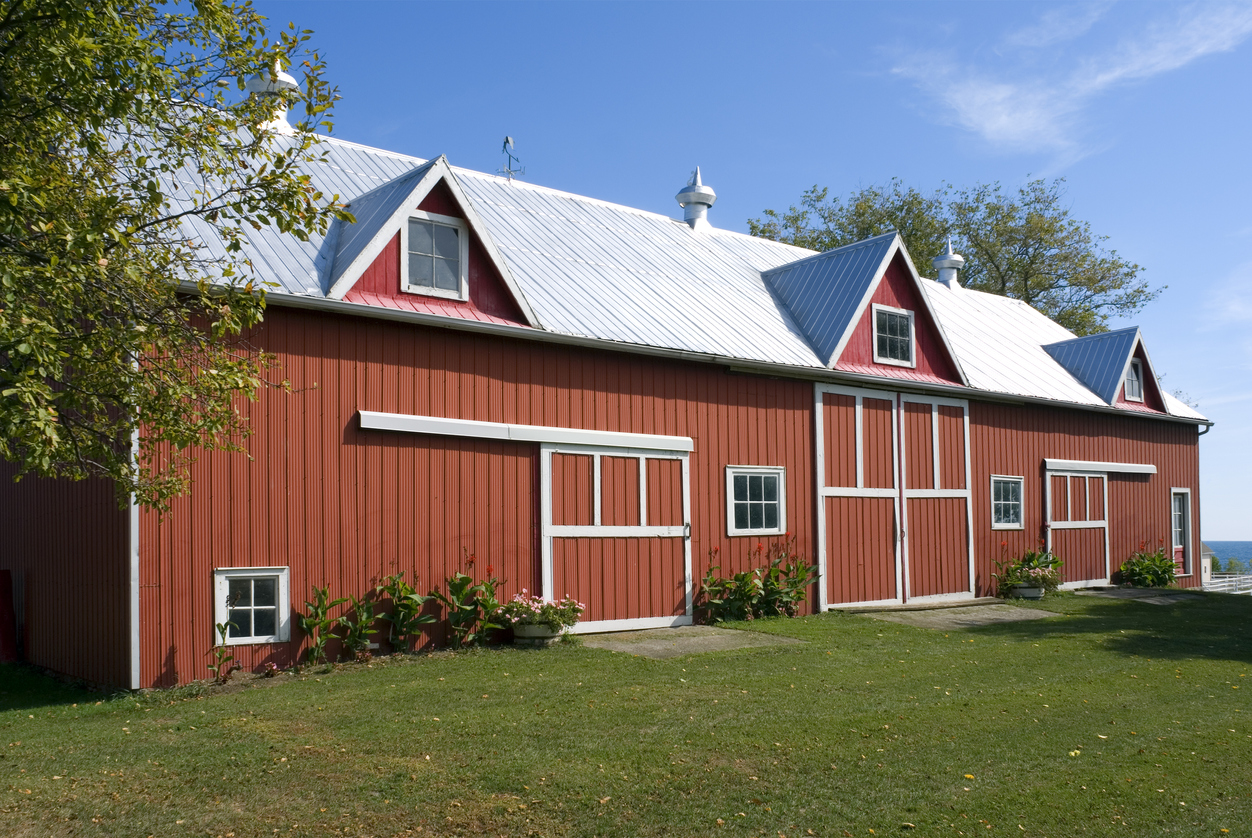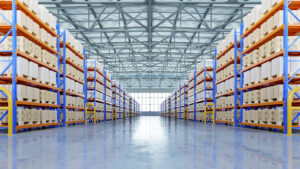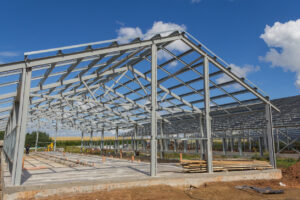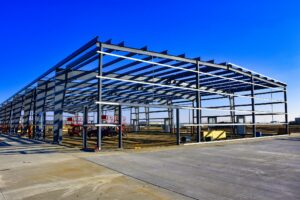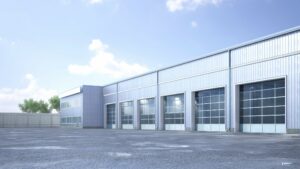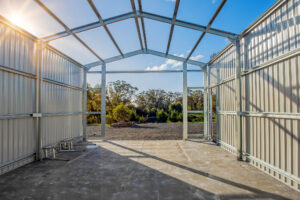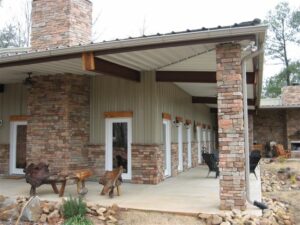Are you thinking about the cost to build 50000 sq ft warehouse? It’s important to understand that warehouse construction is not a small feat and requires careful planning, attention to detail, and of course, a significant investment of resources.
In this article, we’ll break down the various factors that contribute to the overall cost of warehouse construction, as well as provide some strategies for cost savings.
Table of Contents:
- Understanding the Basics of Warehouse Construction
- Breaking Down the Costs of Building a Warehouse
- The Role of Warehouse Size in Construction Costs
- Additional Costs in Warehouse Construction
- Cost-Saving Strategies for Warehouse Construction
- Conclusion
Understanding the Basics of Warehouse Construction
Before we delve into the specific costs, it’s important to have a clear understanding of what warehouse construction entails.
A warehouse is a large, open space used for the storage and distribution of goods. It typically features high ceilings, wide spans, and a layout optimized for efficient movement.
Warehouse construction is a complex process that involves a multitude of considerations beyond just the physical structure. It requires meticulous planning to ensure that the facility meets the unique operational needs of the business it serves.
From the initial design phase to the final construction, every detail must be carefully thought out to create a space that maximizes efficiency and productivity.
Did You Know?
The average warehouse size in the United States is approximately 180,000 square feet. However, this can vary widely depending on the industry and specific business needs.
Defining Warehouse Construction
Warehouse construction involves the design and construction of a facility that meets the specific needs of a business. This includes considerations such as layout, storage capacity, accessibility, and functionality.
A well-designed warehouse can greatly improve operational efficiency and contribute to overall business success.
When embarking on a warehouse construction project, it is crucial to consider not only the present needs of the business but also its future growth potential.
A scalable design can accommodate expansion and evolving operational requirements, ensuring that the warehouse remains a valuable asset for years to come.
Key Factors in Warehouse Construction
Several key factors influence the cost of building a warehouse. These include:
- Location: The cost of land varies greatly depending on the region and accessibility to transportation routes.
- Size: The larger the warehouse, the higher the cost to build (e.g a 50000 sq ft)
- Materials: The choice of construction materials can significantly impact the cost.
- Labor: Skilled labor is essential for a successful warehouse construction project.
Additionally, factors such as technological integration, sustainability considerations, and regulatory compliance can also impact the overall cost and timeline of a warehouse construction project.
Embracing innovative technologies and eco-friendly practices can not only enhance the efficiency of the warehouse but also contribute to a more environmentally conscious operation.
Breaking Down the Cost to Build 50000 Sq Ft Warehouse
In general, warehouses are difficult to price accurately due to the level of customizations, etc. but ballpark estimates for a simple warehouse is around $17 to $20 per square feet for PEMB materials and $6 to $10 SF for steel erection. This can also be highly variable based on supply/demand and other market factors. For a 50,000 SF steel warehouse, this equates to roughly $1,150,000 to $1,500,000 for materials and erection.
Now that we have a basic understanding of warehouse construction, let’s take a closer look at the specific costs involved.
Land Acquisition and Preparation Costs
The first step in building a warehouse is acquiring suitable land. The cost of land can vary greatly depending on location and availability. Factors such as proximity to transportation hubs, zoning regulations, and environmental impact assessments can all influence the final cost of land acquisition.
Additionally, site preparation costs, including clearing the land, grading for construction, and ensuring utility access, should be meticulously calculated and included in the overall budget to avoid any unforeseen expenses.
Furthermore, environmental considerations such as soil quality, drainage systems, and potential hazards must be taken into account during the land preparation phase to ensure the long-term stability and functionality of the warehouse facility.
Construction Material Costs
Construction materials play a crucial role in determining the quality and longevity of the warehouse structure. The choice of materials is influenced by various factors, including budget constraints, desired durability, and energy efficiency goals.
Commonly used materials in warehouse construction include steel for structural support, concrete for flooring and walls, and masonry for additional reinforcement.
Moreover, advancements in sustainable building practices have led to the integration of eco-friendly materials and technologies in warehouse construction, aiming to reduce environmental impact and operational costs in the long run.
Considering the life cycle of materials and their maintenance requirements is essential in selecting the most cost-effective and sustainable options for the project.
Labor Costs
Skilled labor is a fundamental component of any successful warehouse construction project. The expertise and efficiency of the construction team directly impact the quality and timeline of the build. Labor costs encompass not only wages but also insurance, benefits, and adherence to safety regulations.
Collaborating with experienced professionals in warehouse construction is paramount to ensuring a smooth and efficient building process, minimizing delays and potential rework.
Furthermore, establishing clear communication channels and fostering a collaborative environment among the construction team can enhance productivity and problem-solving capabilities, leading to a more streamlined and cost-effective construction process.
Did You Know?
Pre-engineered steel warehouses are one of the most cost-effective types of buildings to construct. This is because all of the building materials are pre-fabricated, which eliminates any potential delays that may occur at the building site. Each part of the frame is designed to fit together perfectly, with the steel panels forming the walls and ceiling. This results in lower labor costs to put up the building, and there is no excess building material that needs to be carted away to a landfill.
The Role of Warehouse Size in Construction Costs
Warehouse size plays a crucial role in determining construction costs. Let’s explore how size affects the overall cost and discuss the differences between building small and large warehouses.
When it comes to warehouse construction, size matters more than one might initially think. The dimensions of a warehouse can impact not only the initial building expenses but also the operational efficiency and long-term sustainability of the facility.
Clearly, the cost to build a 50000 sq ft warehouse would be higher than that of a 10,000 sq ft.
Understanding the nuances of warehouse size can help project managers make informed decisions that align with their budget and operational needs.
How Size Affects Construction Costs
As expected, larger warehouses require more materials and labor, resulting in higher construction costs. The scale of the project influences various aspects of the construction process, from the foundation work to the installation of roofing systems. Additionally, larger warehouses often involve complex structural designs and specialized equipment, contributing to the overall cost.
Moreover, the size of a warehouse can impact its energy efficiency and environmental footprint.
Larger facilities may require advanced heating, ventilation, and air conditioning (HVAC) systems to maintain optimal temperature and humidity levels.
Sustainable construction practices, such as incorporating energy-efficient lighting and insulation, can help mitigate long-term operational costs associated with maintaining a large warehouse.
Cost Differences Between Small and Large Warehouses
Building a small warehouse generally involves lower upfront costs. However, it’s important to consider long-term operational costs, as larger warehouses often offer more storage capacity and future expansion possibilities.
Small warehouses may require upgrades or expansions sooner than anticipated, leading to additional construction expenses down the line.
Furthermore, the size of a warehouse can influence its flexibility and adaptability to changing business needs.
Large warehouses provide businesses with the opportunity to scale their operations and accommodate growth without significant structural modifications. In contrast, small warehouses may limit expansion possibilities and hinder operational efficiency in the long run.
Additional Costs in Warehouse Construction
In addition to the core construction costs, there are several other expenses to consider when building a warehouse.
When planning for warehouse construction, it is crucial to account for potential unforeseen expenses that may arise during the project. These can include permit fees, environmental assessments, and any necessary legal costs that may be incurred.
Infrastructure and Utility Costs
Warehouse constructions require infrastructure development, including road access, utilities, and drainage systems. These costs should be factored into the overall budget.
Furthermore, it is important to consider the long-term operational costs of the warehouse. This includes ongoing utility expenses, maintenance costs for infrastructure, and any potential upgrades or expansions that may be needed in the future.
Safety and Security Equipment Costs
Warehouse safety and security are paramount. Investing in security systems, alarms, cameras, fire suppression systems, and other safety measures is essential for the protection of goods and staff.
In addition to the initial costs of installing safety and security equipment, it is important to budget for regular maintenance and upgrades to ensure that these systems remain effective and up to date with industry standards.
Businesses generally prefer steel construction over wood because it is not susceptible to rot, mold or mildew. This means that there is no need to hire a pest control person every year to spray for them. Additionally, commercial-grade, galvanized steel does not rust, making it a more durable option.
Cost-Saving Strategies for Warehouse Construction
While warehouse construction can be a significant investment, there are strategies to save on costs without compromising quality.
Choosing the Right Location
Choosing a location with easy access to transportation routes can help reduce logistics costs. Additionally, selecting a region with lower land prices can lead to significant savings.
When considering the location for warehouse construction, it’s essential to factor in proximity to suppliers and customers.
By strategically placing the warehouse closer to suppliers, transportation costs can be minimized, and operational efficiency can be improved. Moreover, being near customers can result in faster delivery times and enhanced customer satisfaction.
Efficient Design and Planning
Investing in efficient warehouse design can maximize storage capacity and optimize operational flow. This includes considering the use of vertical space, proper layout planning, and utilizing technology to streamline processes.
Implementing automation technologies such as conveyor systems, robotic pickers, and inventory management software can further enhance efficiency and reduce labor costs. By embracing technological advancements, warehouses can operate with higher accuracy and speed, ultimately leading to cost savings in the long run.
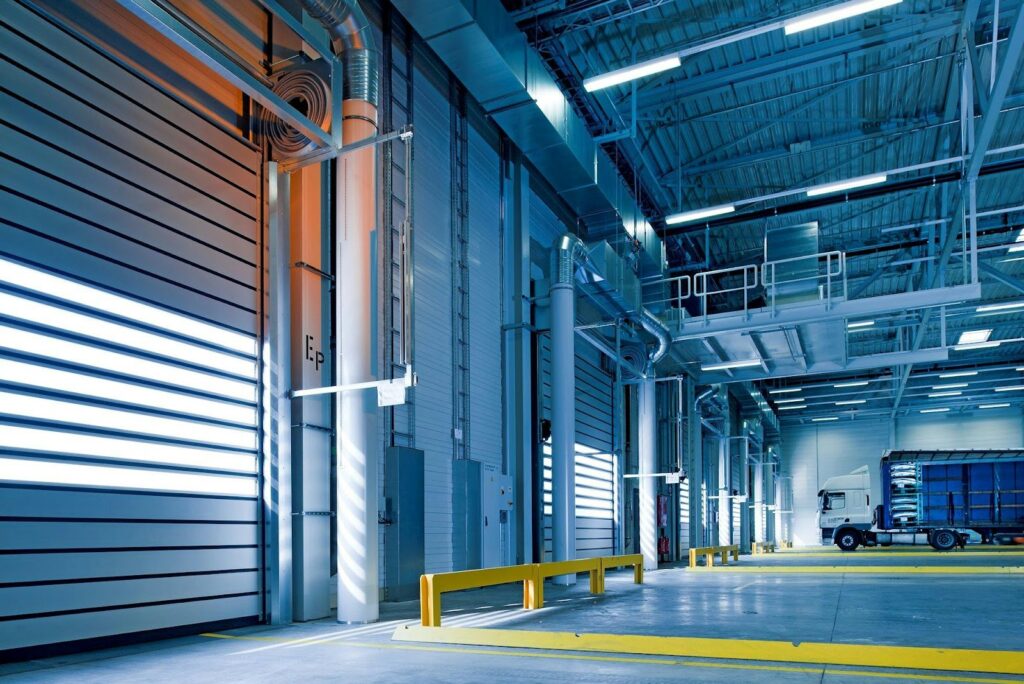
Conclusion
To build a 50,000 sq ft warehouse involves careful planning and a thorough understanding of the associated costs. Factors such as land acquisition, construction materials, labor, size, and additional expenses all contribute to the final budget.
By implementing cost-saving strategies and investing in efficient design, businesses can minimize expenses while creating a functional and effective warehouse space.
SteelCo has been in the business of designing, constructing, and delivering steel-framed warehouses for 23+ years. We offer nationwide dropshipping of Pre-Engineered Metal Building (PEMB) materials and provide steel erection and construction services in the Southeastern region of the United States. Our team has the required experience and expertise to ensure that you not only receive the building you want but also customize it to meet even the most discerning of expectations and needs.
If you have a specific design for your warehouse construction, we can help bring it to life. Learn more about our services.
—————–
Frequently Asked Questions
What are the biggest factors that drive pricing and cost estimates for a 50,000 sq ft warehouse aside from the obvious square footage?
- Eave height and roof pitch can play a significant role as a highly variable cost element requiring more material
- “Flex space”, mixed-use, etc. type of developments that also house a warehouse would naturally account for material and labor cost variables due to their multi-purpose nature and potentially higher design complexity
- Customizations like the above and additions of entryways, windows, doors, ramps, and more can add to fabrication costs of the pre-engineered metal building materials since they are simpler to produce without such modifications
- Location. We can dropship steel building materials nationwide with relatively stable pricing, but ultimately general contractor and construction costs can be highly variable by city/state.
Bottom line, how much would a 50,000 sq ft steel warehouse cost for full construction?
Generally speaking, warehouses are difficult to price accurately due to the level of customizations, and other factors such as eave height, roof pitch, entryways, etc. but in 2024 ballpark ranges are $17 to $20 per square feet and $6 to $10 SF for steel erection. This can also be highly variable based on supply/demand and other market factors. Full construction costs can range from $110-$150 PSF for projects under 100,000 SF.
For a 50,000 SF steel warehouse, this equates to roughly $1,150,000 to $1,500,000 for just PEMB materials and steel erection. For full construction, costs will range from $5,500,000 to $7,500,000.
—————–
Check out these related articles:
> Costs For A 100 X 200 Steel Building
> How Much Does A Pre-Engineered Building Cost?









